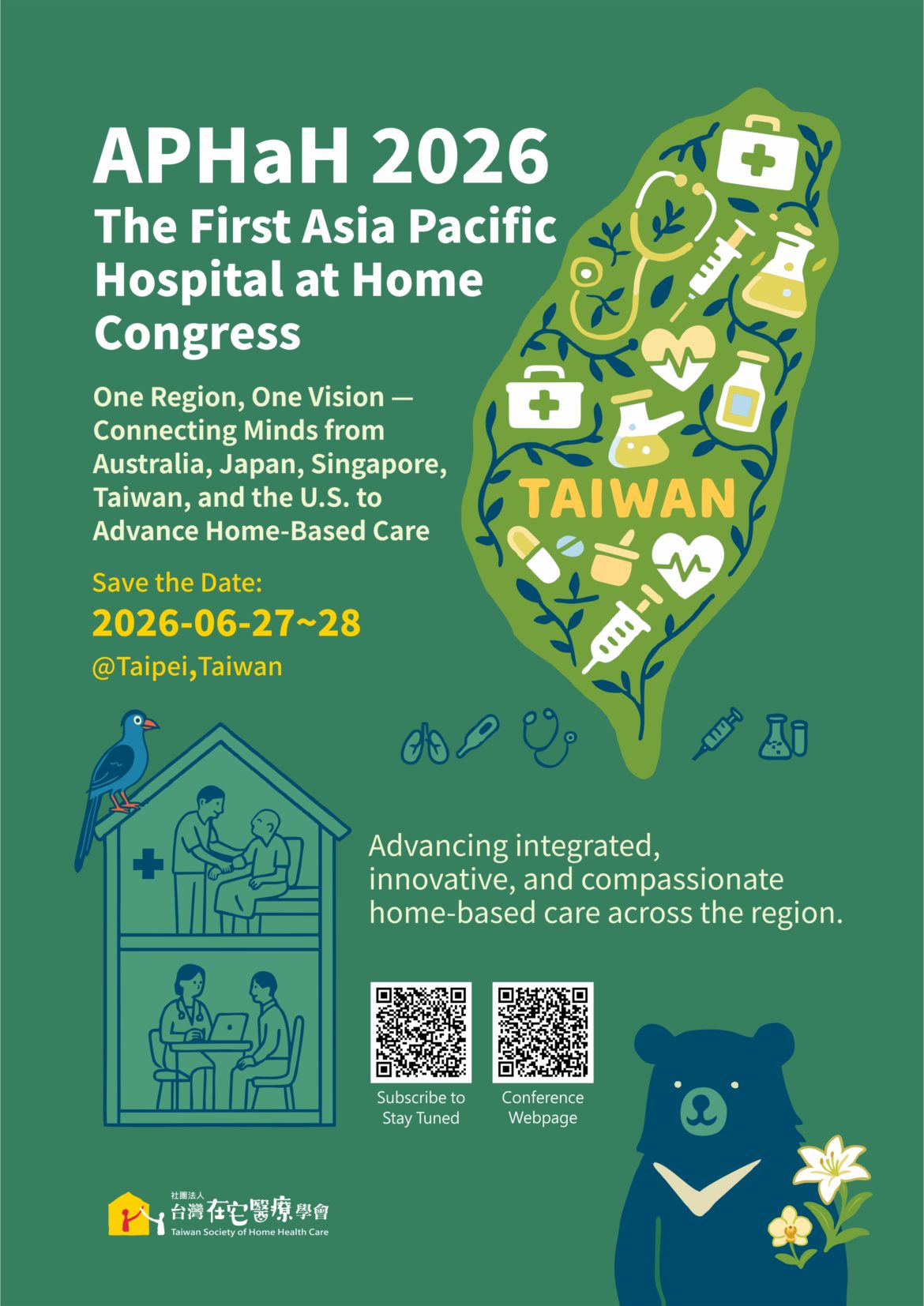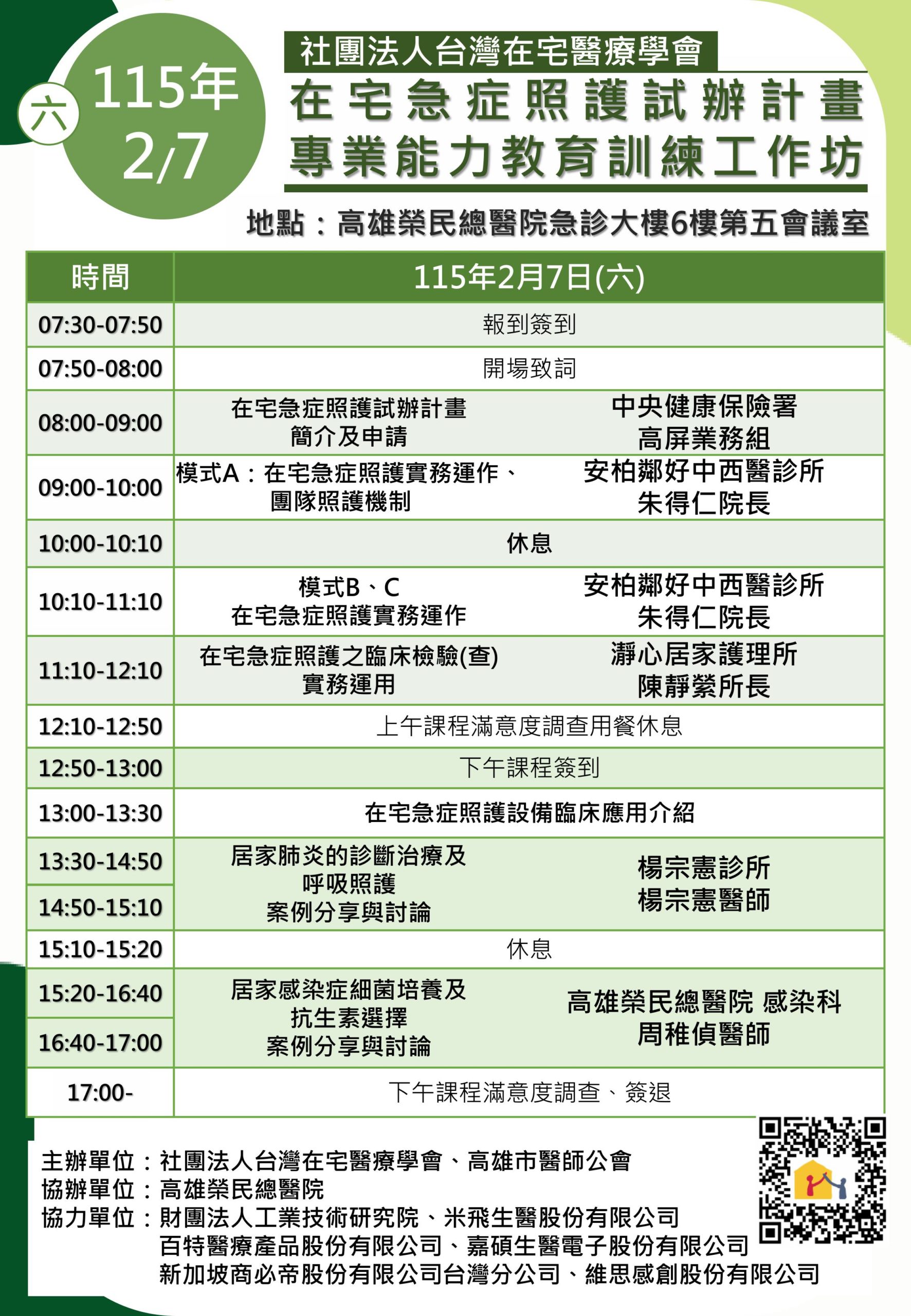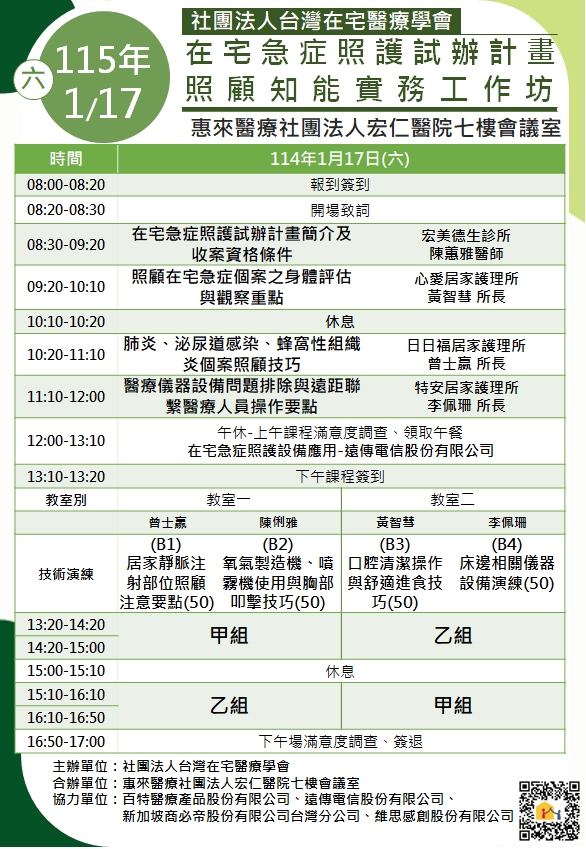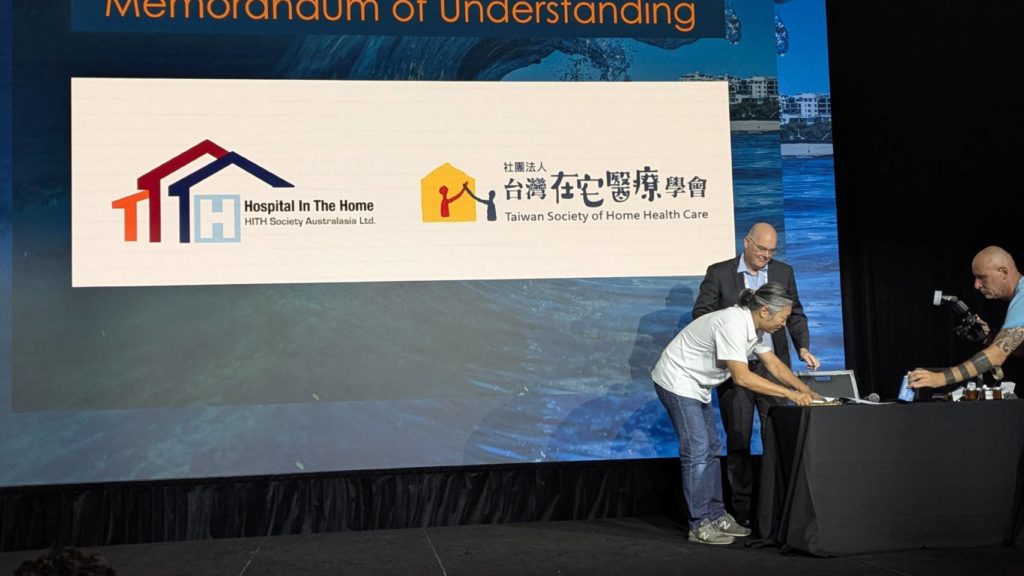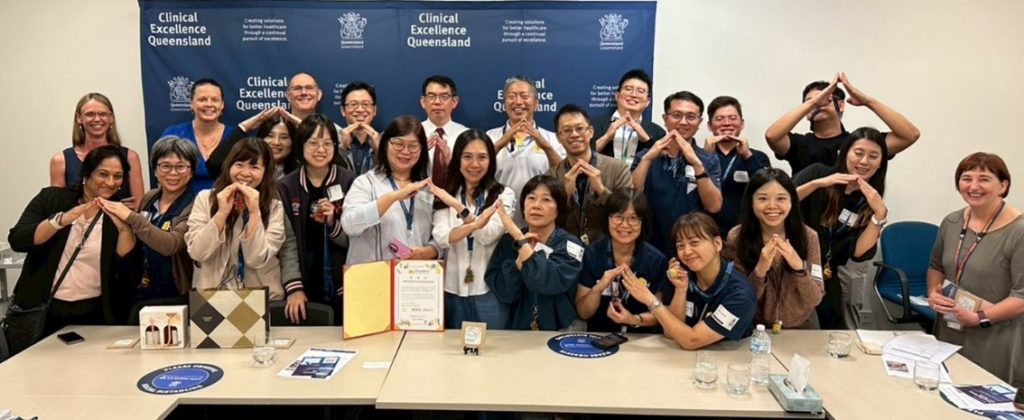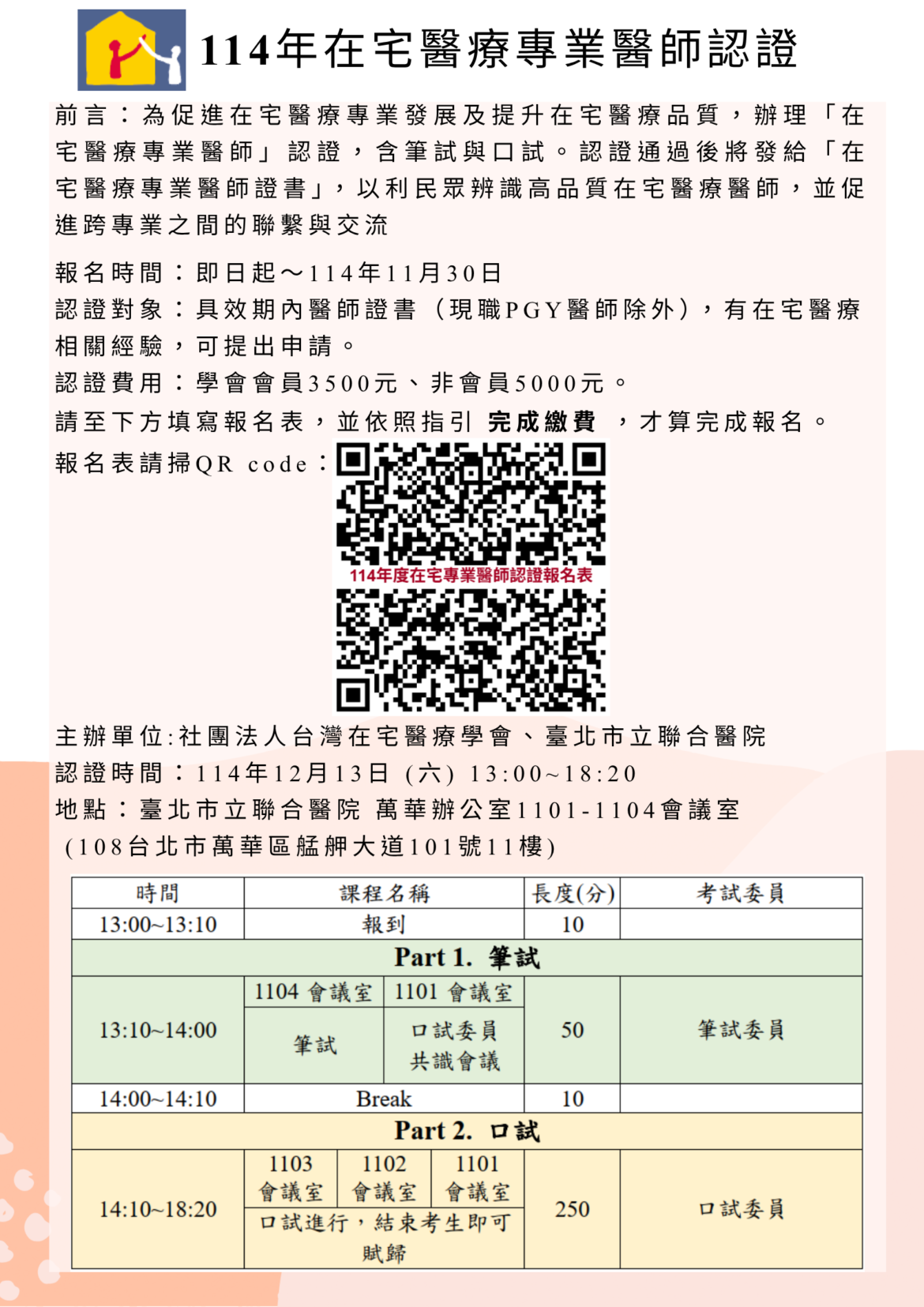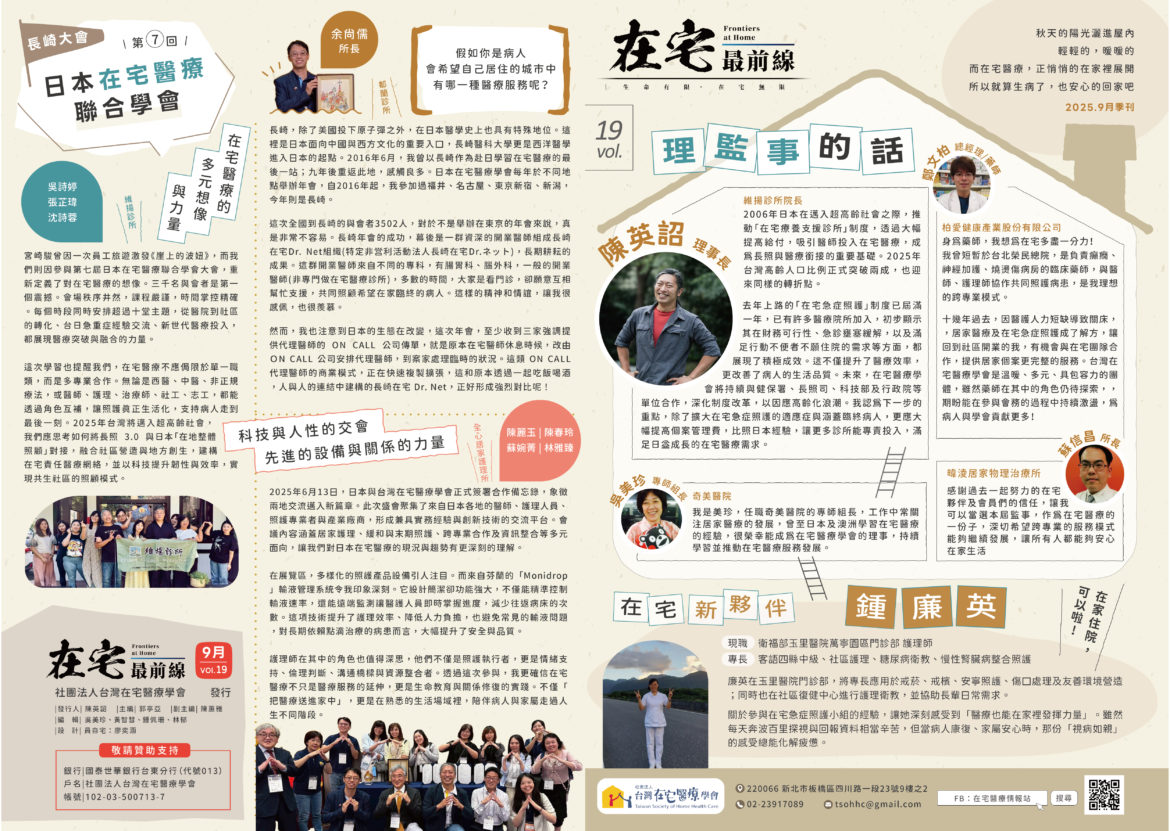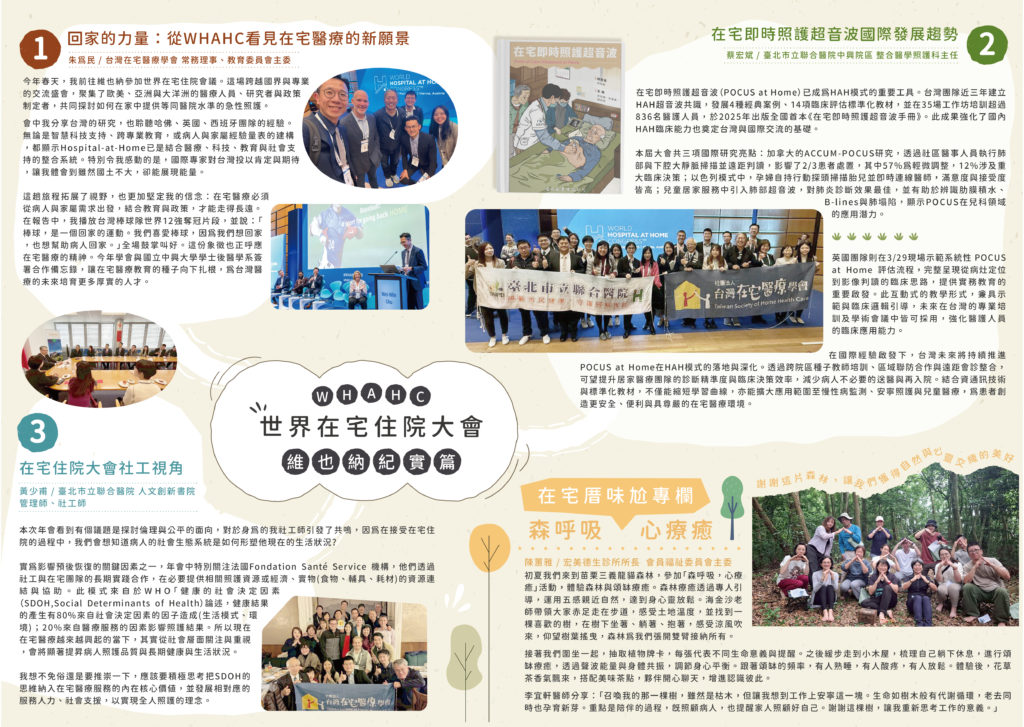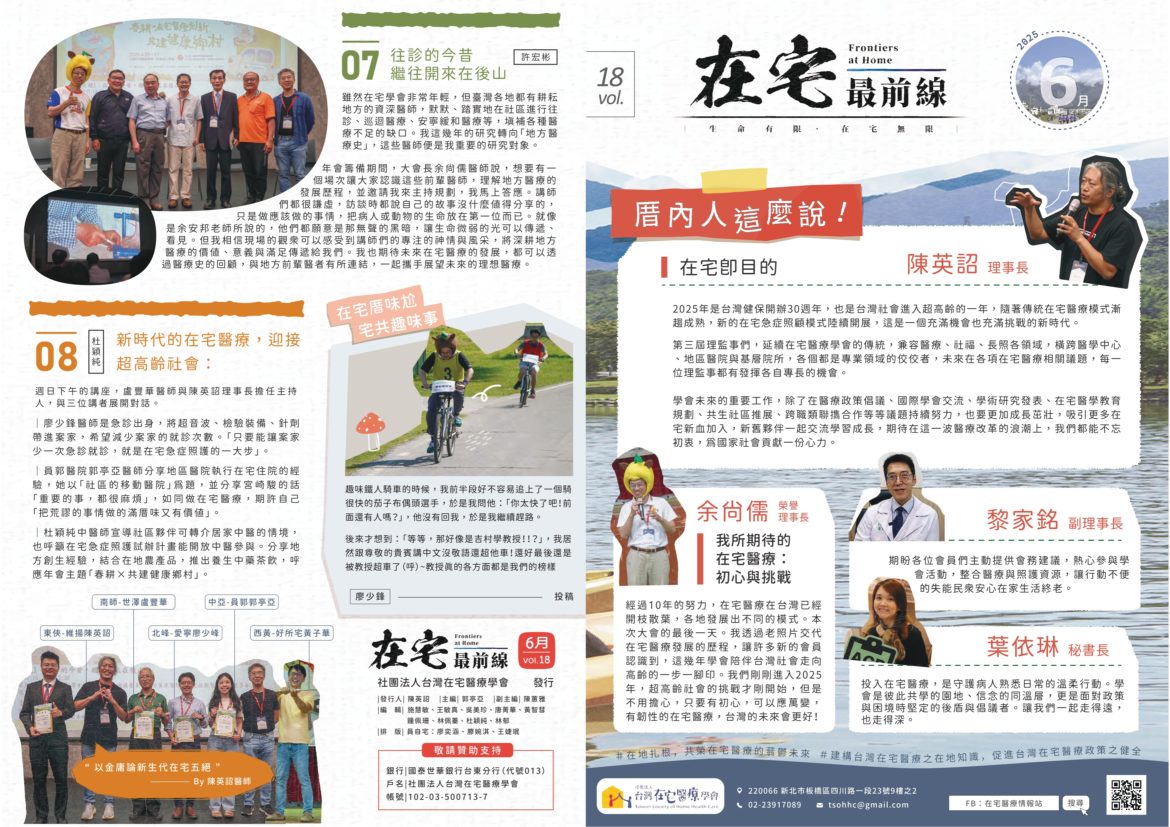放在首頁第一行的文章,視重點宣傳放置
Theme: One Region, One Vision Date: June 27–28, 2026 (Pre-Congress Networking: June 26) Location: Hua Nan Bank International Convention Center, Taipei, Taiwan Organizer: Taiwan Society of Home Health Care Website: sites.google.com/tsohhc.org/aphah2026/home
Season’s Greetings & Invitation to Authors
As we welcome 2026, the APHAH Organizing Committee extends our warmest wishes for a prosperous and inspiring year ahead. May this new year bring fresh opportunities for collaboration and breakthroughs in healthcare.
In this spirit of new beginnings, we invite researchers, clinicians, policymakers, and innovators to submit abstracts for presentation at the Asia Pacific Hospital at Home (APHAH) 2026 Congress.
Under the theme “One Region, One Vision,” the congress aims to unify the diverse healthcare landscapes of the Asia-Pacific. We seek to foster a shared vision for the future of acute care in the home, moving beyond isolated pilots to established, scalable, and standard-of-care models across the region.
As the demand for decentralized care grows, sharing robust clinical evidence and operational strategies is more critical than ever. APHAH 2026 aims to gather leading experts, practitioners, and researchers to exchange knowledge that will define the next generation of home-based healthcare. This is your opportunity to share your research, clinical innovations, and operational success stories with a global network of Hospital in the Home (HITH) / Hospital at Home (HaH) leaders.
Key Themes
We welcome submissions that address the following key themes:
- Innovative Care Models & Clinical Evidence
- Patient and Caregiver Experience
- Digital Health & Technological Innovation
- Education, Training & Workforce Development
- Quality, Safety & Risk Management
- Policy & Reimbursement Systems
- Home-Based Medical Decision Support
- Special Topics in Home Care
Important Dates
Please note the following schedule for the 2026 congress:
- Submission Deadline: End of January 2026
- Review Results Announcement: March 2026
Presentation & Publication Opportunities
Exhibition: Accepted posters will be displayed in a designated area throughout the conference, providing high visibility among delegates.
Publication: Selected posters and presentations will be considered for submission to The Journal of Advanced Home Medicine.
Submission Guidelines
We are currently accepting abstract submissions through our portals for Posters and Selected Oral Presentations. Please consult the full abstract guidelines before submitting:
Join us in advancing the standard of care for patients across the Asia Pacific. We look forward to receiving your contributions!
Sincerely,
The APHAH 2026 Scientific Committee

